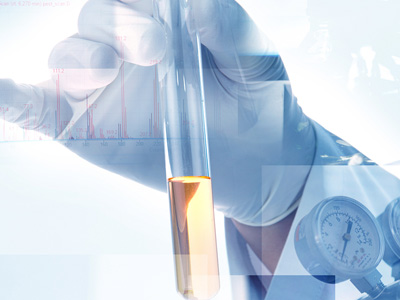Chemical production process can generally be summarized as three major steps: raw material pretreatment, chemical reaction and product separation and refining.

1. Raw Material Pretreatment
The main purpose is to make the initial raw materials reach the state and specifications required for the reaction. For example, solids need to be crushed and sieved; liquids need to be heated or vaporized; some reactants need to remove impurities in advance, or be prepared to a certain concentration. In most production processes, raw material pretreatment itself is very complicated, and many physical and chemical methods and technologies are used. Some raw materials and processing costs account for most of the total production cost.
2. Chemical Reaction
Through this step to complete the transformation from raw materials to products, is the core of the chemical production process. Various factors such as reaction temperature, pressure, concentration, the properties of catalysts (needed for most reactions) or other materials and the technical level of reaction equipment have important effects on the quantity and quality of products, which are the key contents of chemical technology research.
There are many types of chemical reactions, if divided according to reaction characteristics, there are oxidation, reduction, hydrogenation, dehydrogenation, disproportionation, isomerization, alkylation, dealkylation, decomposition, hydrolysis, hydration, coupling, polymerization, condensation, esterification, sulfonation, halogenation, diazotization and many other reactions; if according to the phase of the materials in the reaction system, there are homogeneous and heterogeneous reactions; if divided according to the use of catalysts, there are catalytic reactions and non-catalytic reactions.
The equipment that realizes the chemical reaction process is called a reactor. There are many types of industrial reactors, and the forms of reactors used in different reaction processes are different. If the reactor is divided according to the structural characteristics, there are tubular reactor, bed reactor, kettle reactor and tower reactor, etc.; if divided according to the mode of operation, there are intermittent type, continuous type and semi-continuous type; if divided according to heat transfer condition, there are isothermal reactor, adiabatic reactor and variable temperature reactor, and the mode of heat exchange is indirect heat exchange and direct heat exchange.
3. Product Separation and Refining
The aim is to obtain products that meet specifications and to recover and utilize by-products. In most reaction processes, due to many reasons, the product after the reaction is a mixture of many substances including the target product. Sometimes the concentration of the target product is even very low, and the reacted mixture must be separated, concentrated and refined to obtain products that meet specifications. At the same time, the remaining reactants should be recovered to improve the utilization rate of raw materials.
The methods and technologies of separation and refining are various, usually including condensation, absorption, freezing, flash evaporation, rectification, extraction, osmotic membrane separation, crystallization, filtration and drying. Different production processes can adopt corresponding separation and refining methods. The separated by-products should also be utilized or treated.














